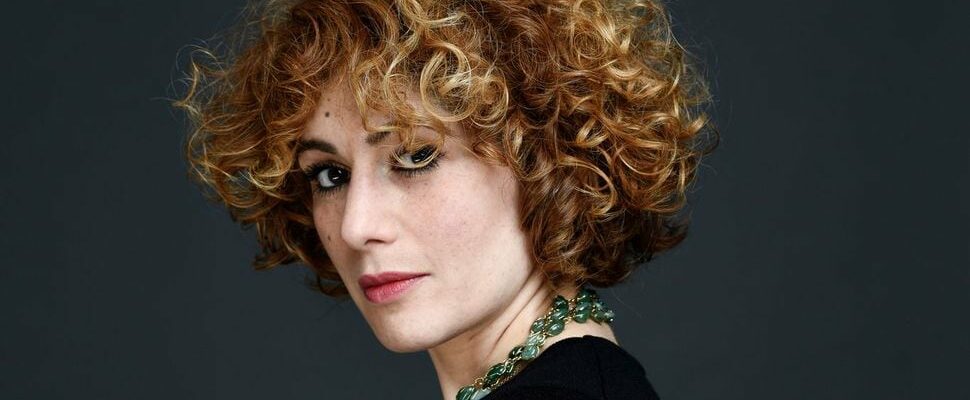On the occasion of a conference of secularism referents organized by the Ile-de-France Region and Pierre-Henri Tavoillot to which I had the honor of being invited in the company of Raphaël Enthoven and Omar Youssef Souleimane, to the questions of know what secularism is and how to convince, how to oppose a sexier narrative to that of the Islamists, while the assassination trial continues Islamist by Samuel Paty, I suddenly thought of Père-Lachaise. Who knows by what tortuous path of the mind, wondering how it was possible to prefer the conservative and dismal ideas of the Islamists, which carry anti-Semitism, homophobia, anti-liberalism, and present the end of freedoms and the narrowness of life choices as an ideal, how could we prefer spiritual confinement, short-sightedness, the absence of curiosity out of terror of an openness which could overturn dogmas to the liberalism inherited from the Enlightenment which creates the possibility of intellectual emancipation, freedom of mind and body, have I come to Père-Lachaise?
If I had to choose a place that sums up France, its spirit, its history, its past and its future, it would be the Père-Lachaise cemetery. It is on this Parisian hill that a rich merchant built a folly in the 15th century – which gives its name to the rue de la Folie-Regnault – which was bought by the Jesuits in the 17th century to make it a place of rest, and where Father François d’Aix de La Chaise, confessor of Louis that he decided to bring the nobility into line and move them away from Paris, and gave birth in him to what would become the court of Versailles and the absolute monarchy. The Jesuits, ruined by a partying bishop, left the place, which was left abandoned until Napoleon Bonaparte.
Père-Lachaise becomes fashionable
By an imperial decree of June 12, 1804, it was decided that “every citizen has the right to be buried regardless of his race or religion.” Thus, the unbelievers, the excommunicated, the suicides, the Jews, the Protestants, the actors, the prostitutes and the poor could be buried side by side, without distinction in death. Père-Lachaise was a flop. Too far, not prestigious enough. It needed good publicity, but no matter, the remains of Héloïse and Abelard, Molière and La Fontaine were transported there with great fanfare in 1817. The success was total, Père-Lachaise became fashionable and remained so.
The wall of the Federals who were shot there after the bloody battles of the Commune, the shells of the First World War which fell there, the Jewish, Muslim and Protestant squares, banned following the law of 1905 but which survive in their form historical, the newcomers marvelously scattered in the cemetery, the Chinese tombs alongside the Kurds, the Argentinian ones with black and white slabs, the tomb of Alan Kardec, founder of the spiritualism, still flourishing and attracting Brazilian followers, Colette at the main entrance to the cemetery, Sarah Bernhardt at a few graves of a Vietnamese man, Marcel Proust opening what remains of the Muslim square, facing the Persian atheist Sadegh Hedayat, writer and opium addict, great friend of Cocteau, who committed suicide in Paris in 1951, all the successive layers of French society, the newcomers, the long-established, the heroes of the Napoleonic wars on the steep path of the goats, the famous singers, the glorious unknowns, the abandoned tombs, the still visited, the joints on the tomb of Jim Morrison, everything tells of France in its most beautiful, most various, crazier, more prestigious, more sordid, more touching, more bloody, more desirable.
So, while politicians who have reverted to childhood compete for the worst, take a stroll between the baroque spans of Père-Lachaise, and you will hear the murmur of a declaration of eternal love for France. And you will suddenly feel warm in your heart.
.
